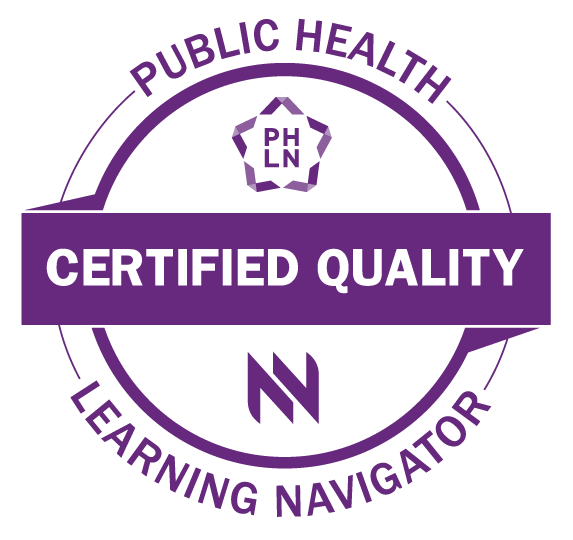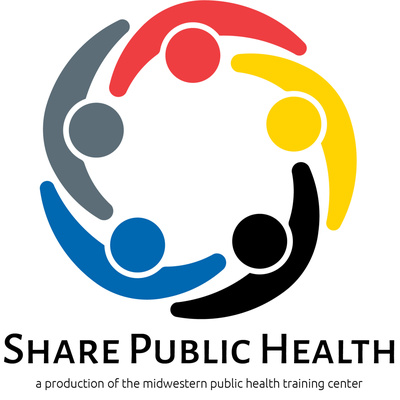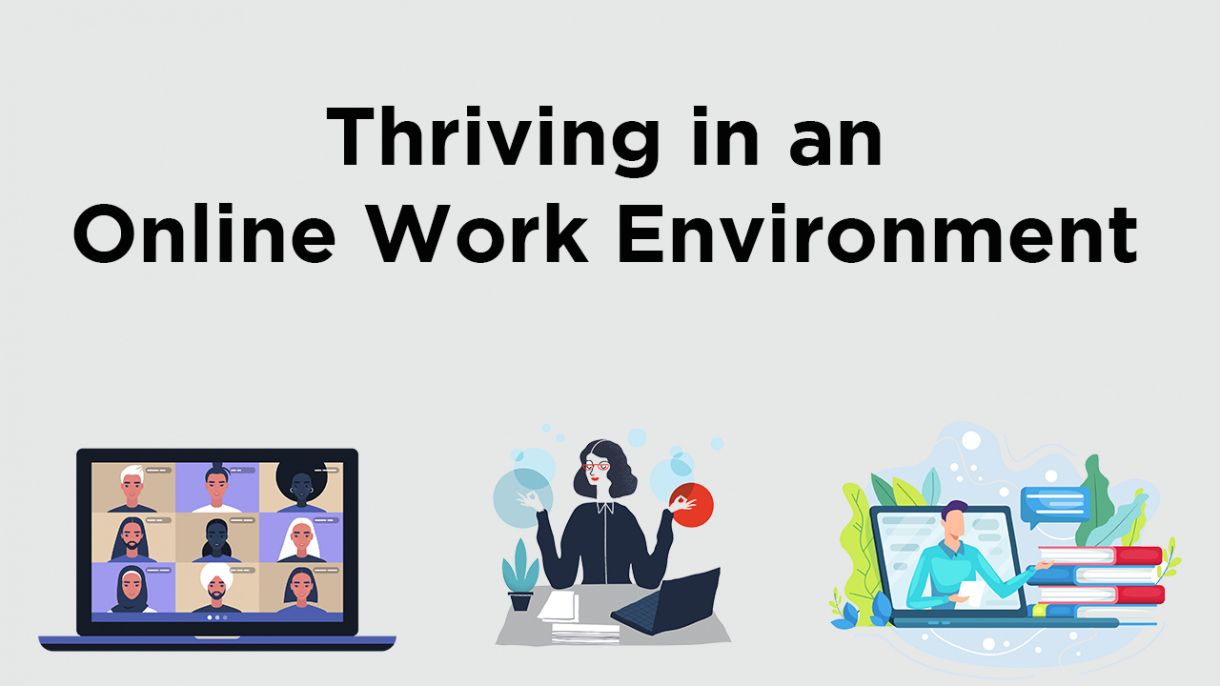Course Summary
There are three sections in this course:
- Section 1: Defining the Joint Information to the Public
- Section 2: Getting Information to the Public
- Section 3: Staffing and Organizational Structure
There are practice activities/exercises throughout the lessons. These practice activities/exercises will provide you with an opportunity to apply the knowledge and skills presented in these lessons. There is a Post-test at the end of lesson 3.
Intended Audience
Local and state public information officers
Learning Objectives
After completing this course, you will be able to:
- Describe the function of the Joint Information Center within the Incident Command System (ICS).
- Discuss the role of the JIC in coordinating and disseminating official information.
- Describe the JIC organizational structure.
- Describe the roles and responsibilities of the JIC staff.
Pre-requisites/Learning Level
No Pre-requisites
Competencies addressed
Competencies identified:
-
1.1 Solve problems under emergency conditions.
- 1.1.1 Recognize emergency conditions and the resulting problems.
- 1.1.3 Prioritize problems based on level of hazard and degree of risk.
- 1.1.8 Assess information, resources and procedures necessary to address the problems in emergency situations.
- 1.1.9 Implement action to solve the problems(s) in a timely fashion.
- 1.1.14 Recognize the ethical and moral implications of decisions made through a chain of command.
- 1.1.15 Refer problems that fall outside one’s scope of authority to the appropriate person in the chain of command.
-
1.3 Facilitate collaboration with internal and external emergency response partners.
- 1.3.2 Develop partnerships among internal and external emergency response partners.
- 1.3.3 Develop collaborative emergency response plans and/or policies with appropriate internal and external emergency response partners.
- 1.3.4 Apply communication strategies to effectively communicate with internal and external response partners.
-
1.4 Maintain situational awareness.
- 1.4.3 Use information and resources that identify changes in the situation and/or response.
- 1.4.4 Detect cues that the situation may be rapidly changing.
- 1.4.7 Distinguish between critical and non-critical elements of the emergency.
- 1.4.9 Develop a method for realigning response actions as crisis events evolve.
- 1.4.11 Cooperate with others to resolve discrepancies or misperceptions regarding elements impacting situational awareness.
- 1.4.17 Demonstrate the ability to communicate oral and written information impacting situational awareness in a clear, concise, and accurate manner.
-
1.5 Demonstrate respect for all persons and cultures.
- 1.5.2 Apply principles of cross-cultural communication, equity, social justice, and respect for persons.
- 1.5.3 Develop partnerships with key stakeholders from diverse populations.
- 1.5.5 Develop cross-cultural strategies to address emergency situations and disseminate information.
-
1.6 Act within the scope of one’s legal authority.
- 1.6.4 Respond legally and consistently within the values and mission of one’s public health organization.
-
2.1 Manage information related to an emergency.
- 2.1.2 Distinguish the roles of staff involved in collecting and disseminating information for audiences (e.g., self, coordinator, Public Information Officer or PIO, technology/IT departments).
- 2.1.4 Verify the credibility of information sources.
- 2.1.5 Classify information for internal and external audiences.
-
2.2 Use principles of crisis and risk communication.
- 2.2.4 Deliver messages using the guidelines for crisis and risk communication.
-
2.3 Report information potentially relevant to the identification and control of an emergency through the chain of command.
- 2.3.2 Communicate within the organization’s defined command structure (i.e. report up, communicate down).
- 2.3.5 Communicate relevant information to personnel in a timely fashion.
-
2.5 Manage the recording and/or transcription of data according to protocol.
- 2.5.1 Adhere to relevant ethics guidelines, state, and federal laws regarding data collection, management, and dissemination.
CEUs Offered
None
Cost
Free
Modality/format
Online Self-Pace
Length
1 hour
Presenter(s) and/or Content Experts
Technical requirements
- Adobe Acrobat Reader
- Flash Player
- Speakers
Registration requirements
Register a free account
Creation and/or update
July 23, 2014





